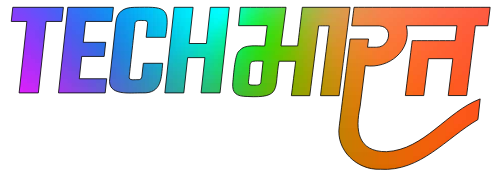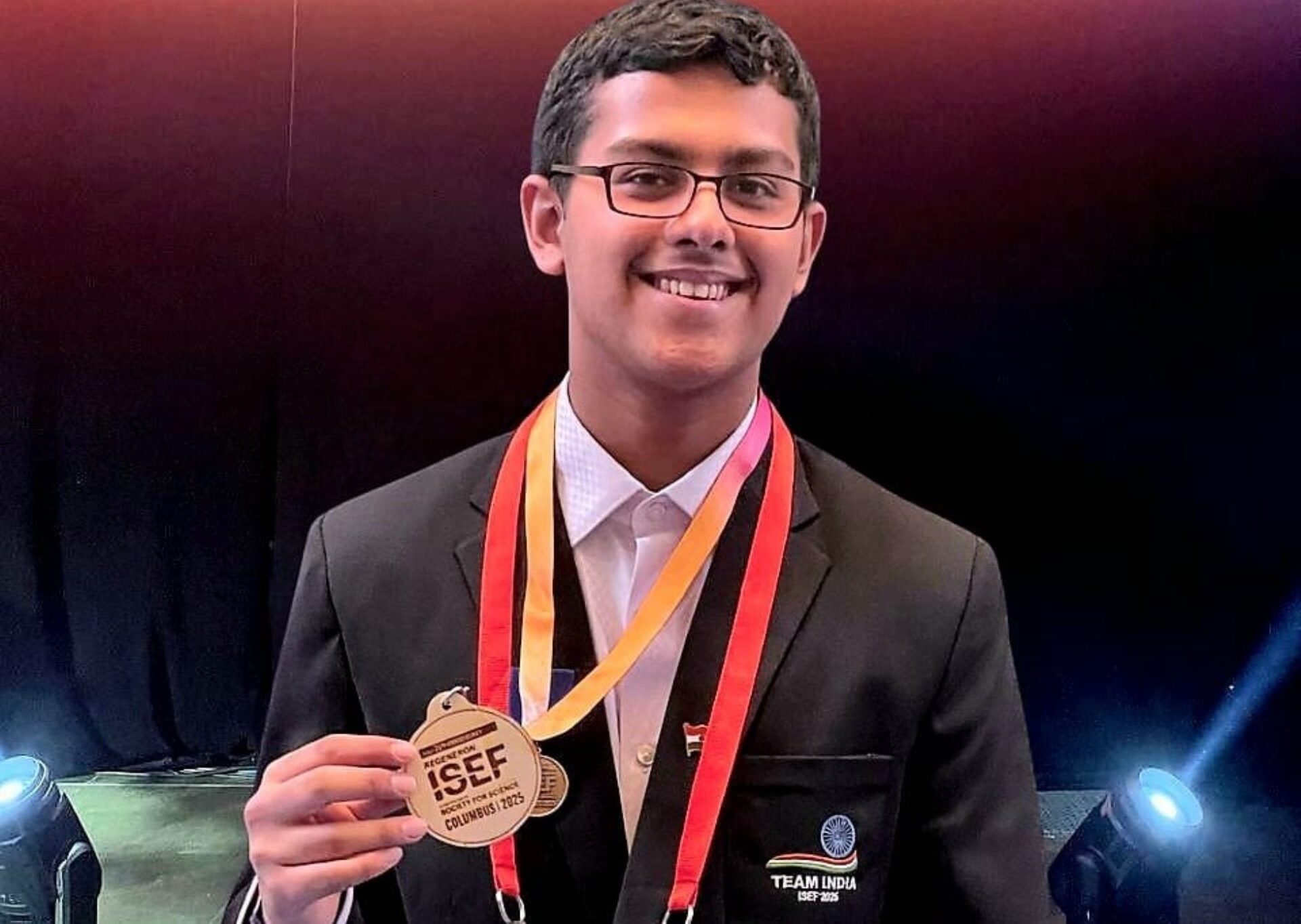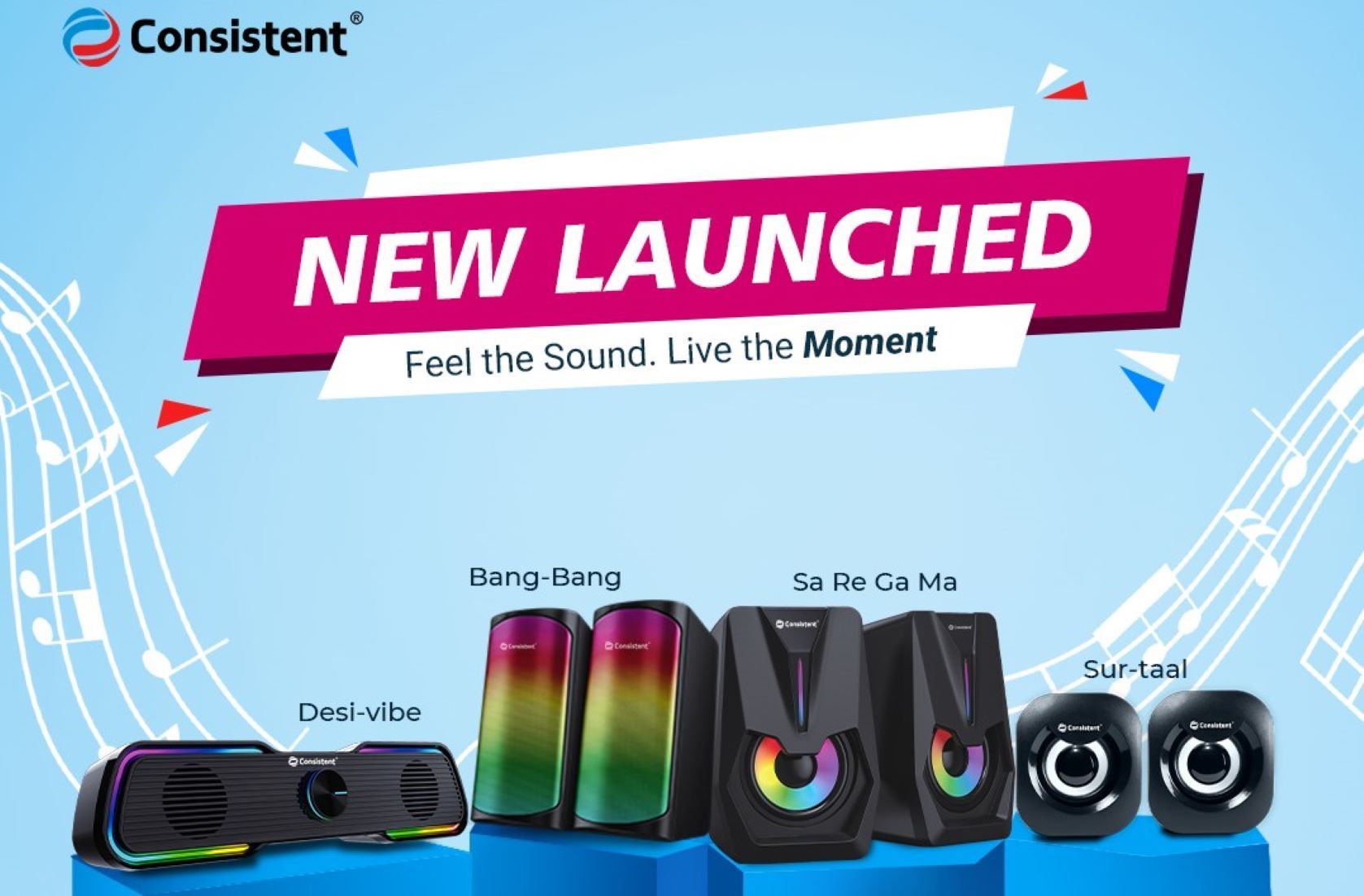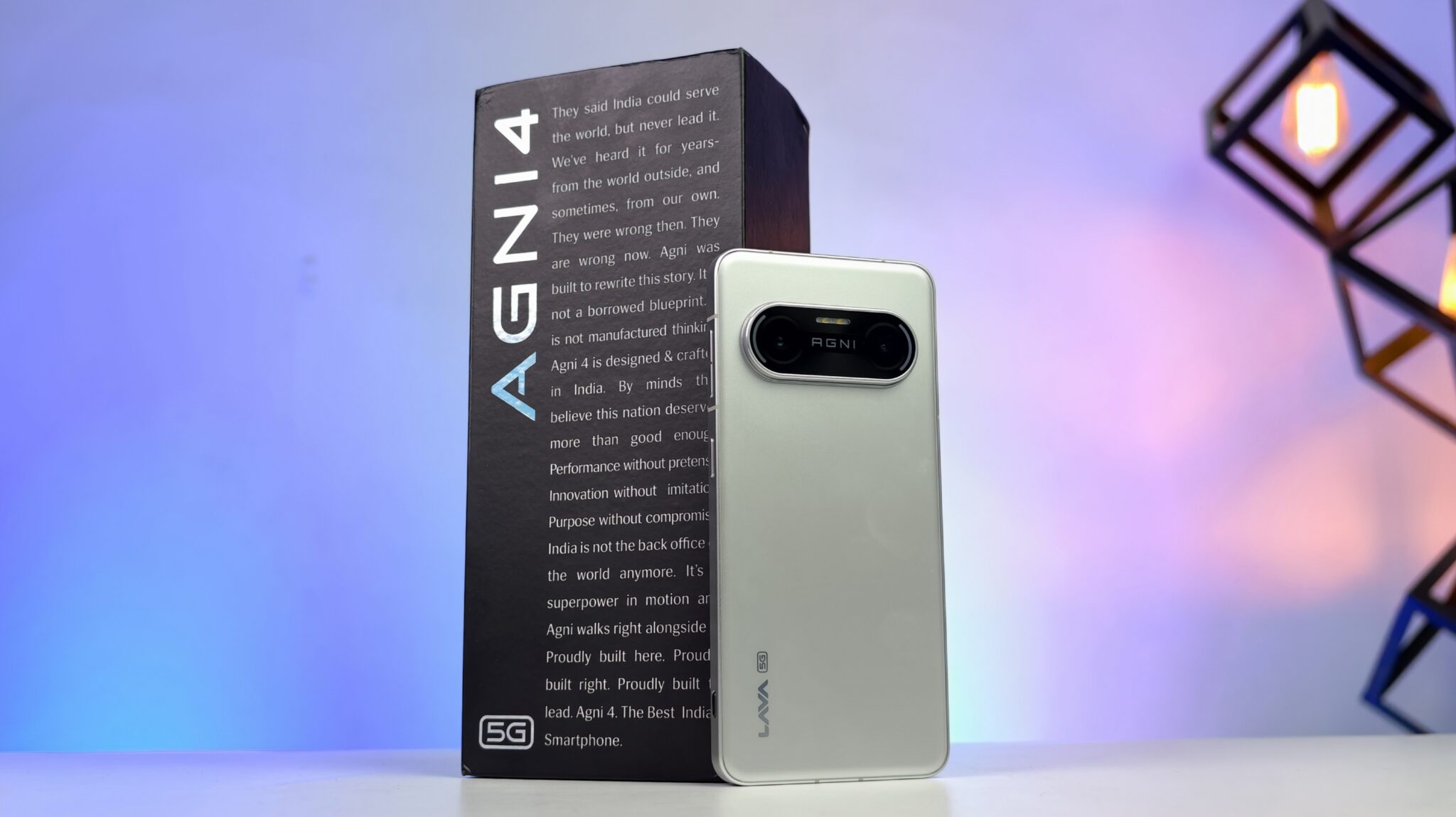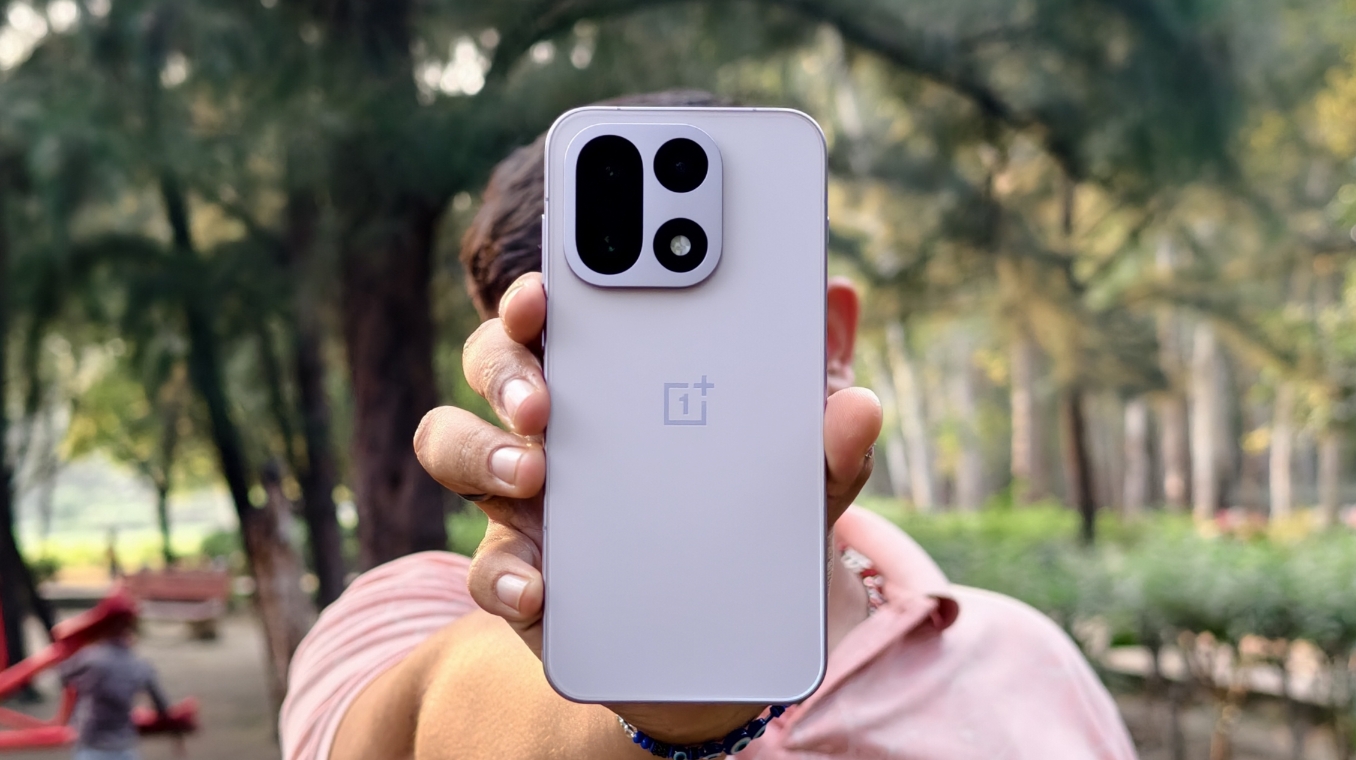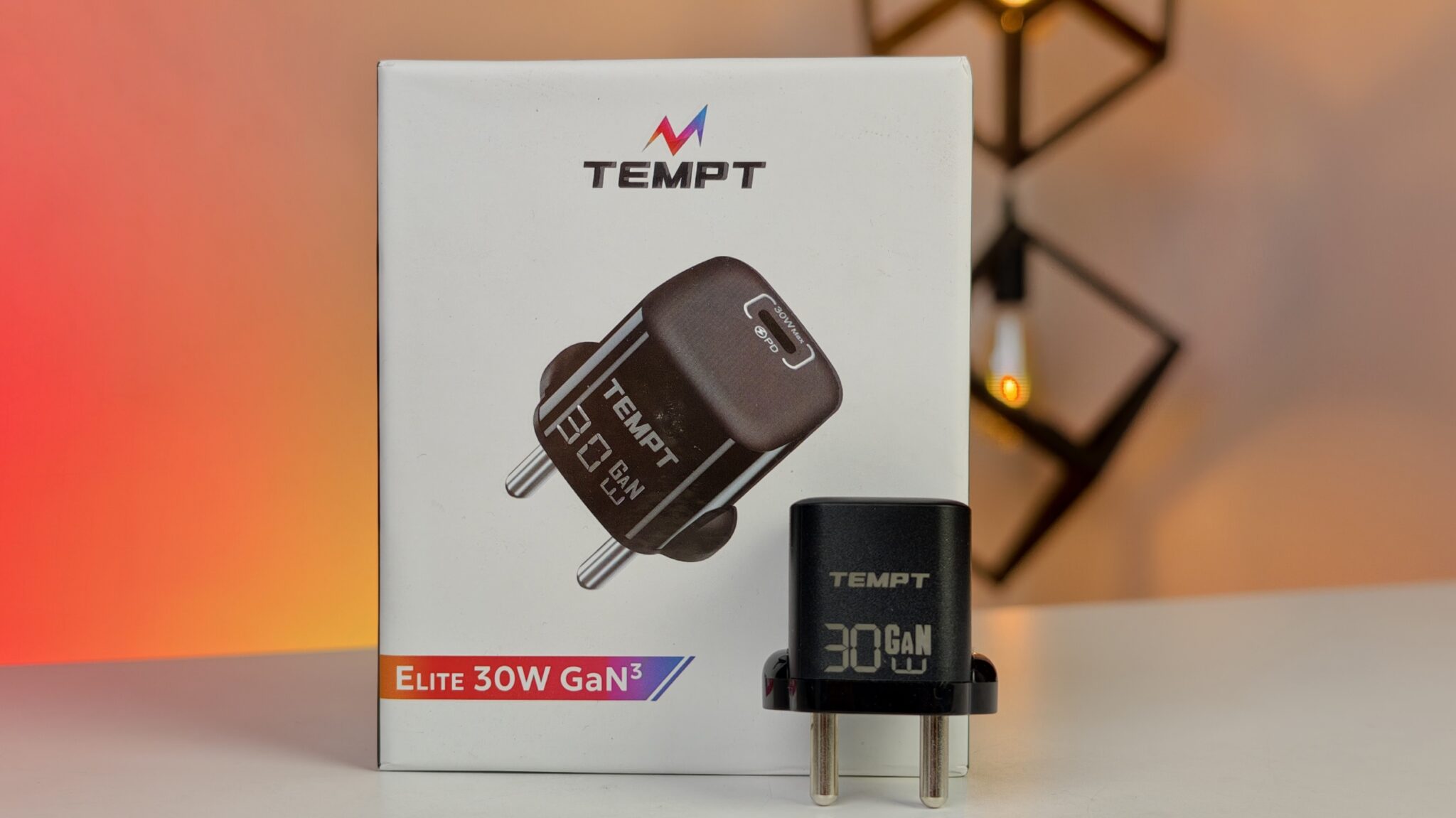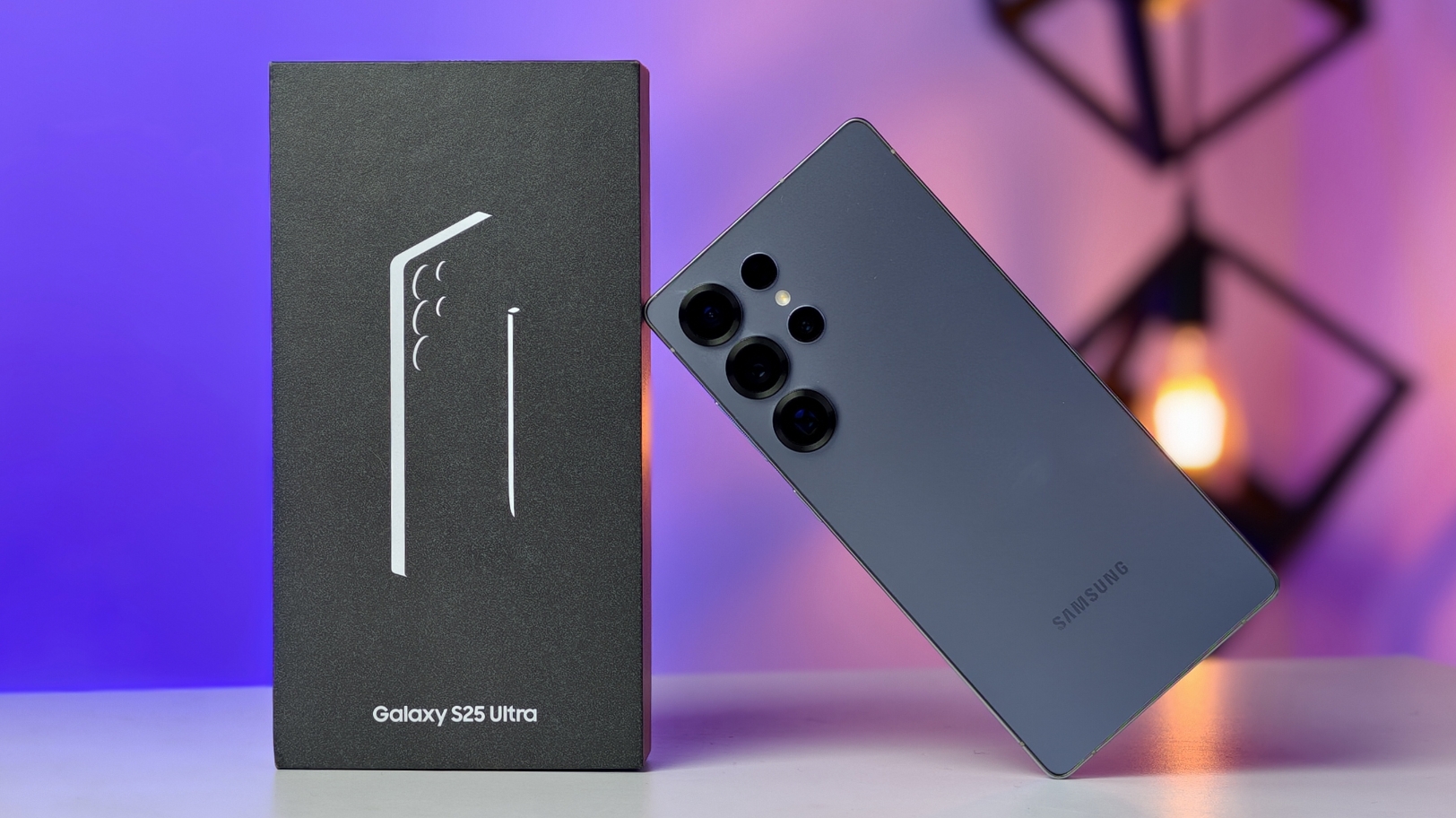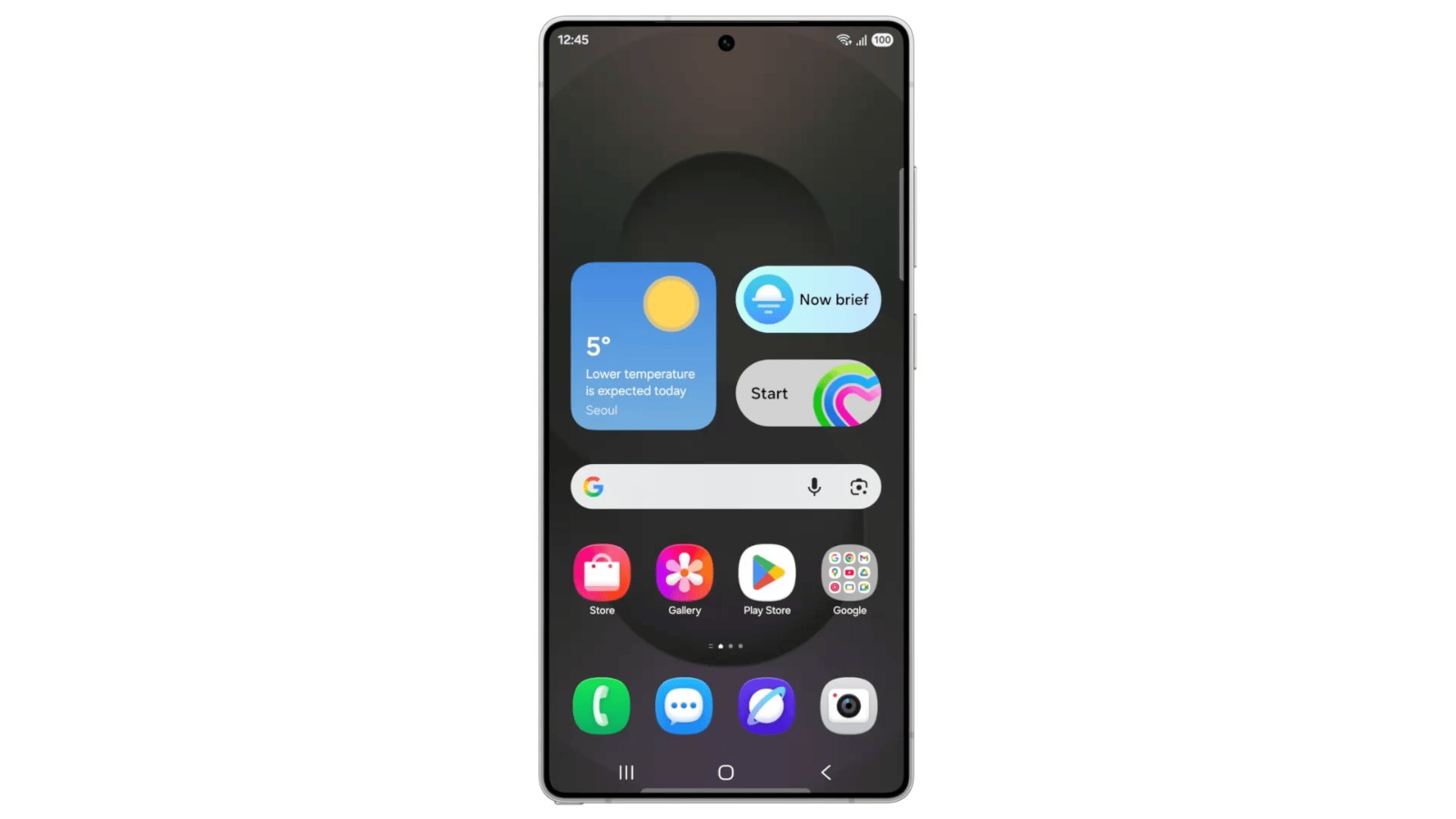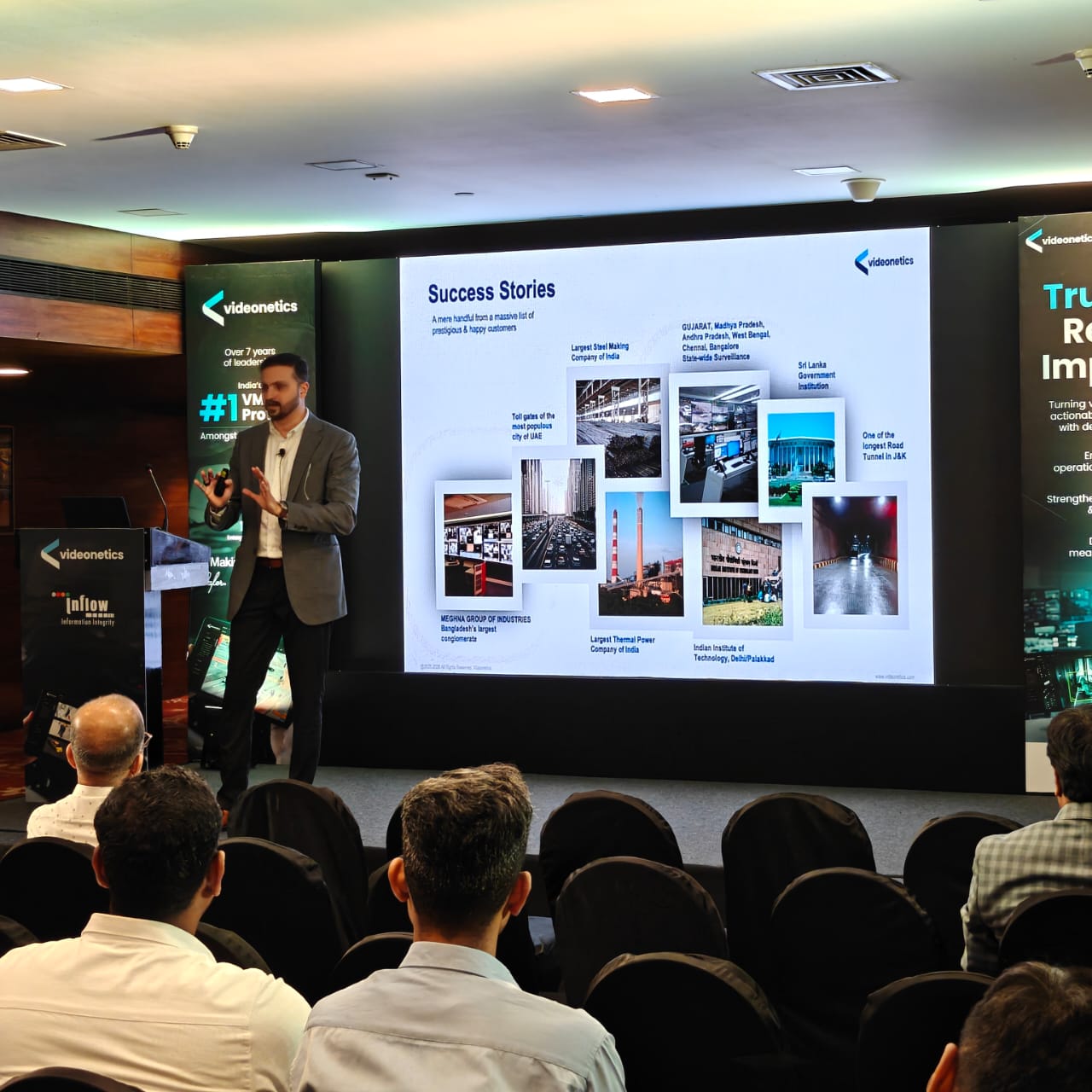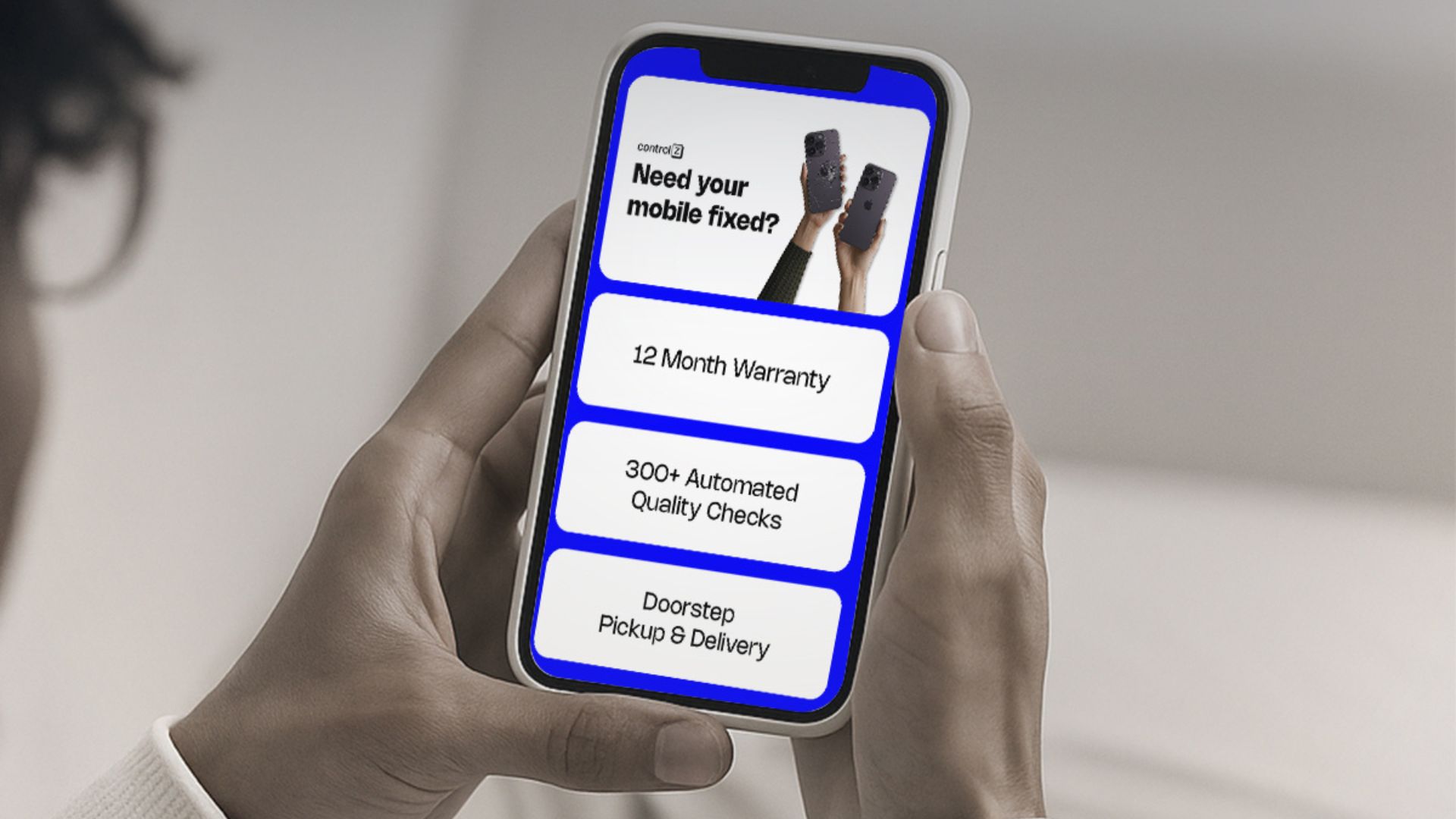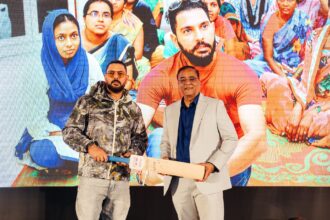At just 16, Pranet Khetan, a student at Shiv Nadar School in Gurugram, has created something that could genuinely change lives. His invention, “Paraspeak,” is an AI-driven automatic speech recognition (ASR) system built to convert slurred or dysarthric speech into clear, understandable output almost instantly. It’s aimed at helping people with speech impairments resulting from conditions like strokes, paralysis, cerebral palsy, and Parkinson’s communicate more confidently and effectively.
Key Takeaways
- Pranet Khetan, a 16-year-old student from Gurugram, developed an AI-powered speech recognition device called “Paraspeak.”
- The system translates slurred or dysarthric speech into clear, intelligible audio almost instantly.
- It’s built using deep learning, transfer learning, and a custom dataset focused specifically on Hindi dysarthric speech.
- “Paraspeak” is the first known tool of its kind for Hindi and is affordable to produce, costing less than Rs 2,000.
- The project earned global recognition at ISEF 2025, where Pranet received a Fourth Grand Award in Biomedical Engineering and a Special Award from INCOSE.
This compact device captures unclear speech patterns, runs them through a deep learning model, and then outputs a clear version, spoken aloud in real time. It’s not just any ASR tool either. “Paraspeak” is the first known system specifically developed for Hindi dysarthric speech, and it’s surprisingly affordable too, costing under Rs 2,000 to make.
What makes the project even more impressive is the level of technical depth. The system draws on deep learning, transfer learning, and a dataset Pranet built himself. In fact, he had to create the largest known collection of Hindi dysarthric speech recordings, 42 minutes gathered from 28 individuals. Through a combination of data filtration and augmentation, he scaled that dataset up to over 20 hours of synthetic audio, giving the system the data it needed to learn.
He trained his model by fine-tuning “whisper-medium,” an open-source speech recognition framework, using transfer learning techniques tailored for dysarthric speech. Once the speech is recorded, it gets uploaded to a cloud server where the transformation happens, and the output is downloaded and played out, all in real time.
The idea first sparked during a visit to a paralysis care center. Observing how many patients struggled with dysarthria, Pranet felt compelled to do something. That visit, as he describes it, shaped his goal: to build a solution that was both accessible and effective for non-English speaking communities often overlooked by mainstream tech.
Sameer Arora, Principal at Shiv Nadar School Gurgaon, remarked that Pranet’s invention is a powerful example of how empathy can fuel innovation. “Paraspeak,” he said, aligns with the school’s mission of equipping students to address real-world issues, using technology not just as a tool, but as a bridge to human connection.
Commercial voice assistants like Siri or Alexa aren’t equipped to recognize slurred speech. “Paraspeak,” by contrast, is built specifically for that challenge. During validation, it achieved over 90% accuracy, quite an accomplishment, considering the absence of any public Hindi dysarthric datasets to begin with. It’s already been tested by real users, including a patient with a congenital disorder who, upon hearing his own clear voice, responded with a smile and a thumbs-up.
Its potential uses stretch beyond conversation. From sending messages and operating smart home devices to making emergency calls, “Paraspeak” is designed with real-life applications in mind.
The world has taken notice. At the 2025 Regeneron International Science and Engineering Fair (ISEF) in Ohio, USA, Pranet’s project was showcased alongside entries from over 1,600 students across 60 countries. He walked away with the Fourth Grand Award in Biomedical Engineering and an Honourable Mention, Special Award from the International Council on Systems Engineering (INCOSE).
Pranet credits his journey to a supportive circle, his mentor Mr. Nitesh Kumar, his Principal Mr. Arora, and of course, his family. He’s already looking ahead, eager to keep developing the technology and, hopefully, reach many more people who need a voice.
FAQs:
Q1: What is Paraspeak?
A: Paraspeak is an automatic speech recognition (ASR) system developed by Pranet Khetan that converts slurred or dysarthric speech into clear, understandable speech.
Q2: Who can benefit from Paraspeak?
A: Paraspeak can benefit stroke survivors, people with cerebral palsy, Parkinson’s patients, and individuals with other neurological disorders causing dysarthric speech.
Q3: What makes Paraspeak unique?
A: Paraspeak is the first ASR system to focus on Hindi language dysarthric speech and is designed to be low-cost, producible for under Rs 2,000.
Q4: How does Paraspeak work?
A: The device uses deep learning, transfer learning, and a custom dataset of Hindi dysarthric speech to train a speech-to-text model that converts garbled speech into coherent output, then plays it clearly.
Q5: Has Paraspeak received any awards?
A: Yes, Paraspeak earned international acclaim at the Regeneron International Science and Engineering Fair (ISEF) 2025, where Pranet Khetan received the Fourth Grand Award in Biomedical Engineering and an Honourable Mention.
